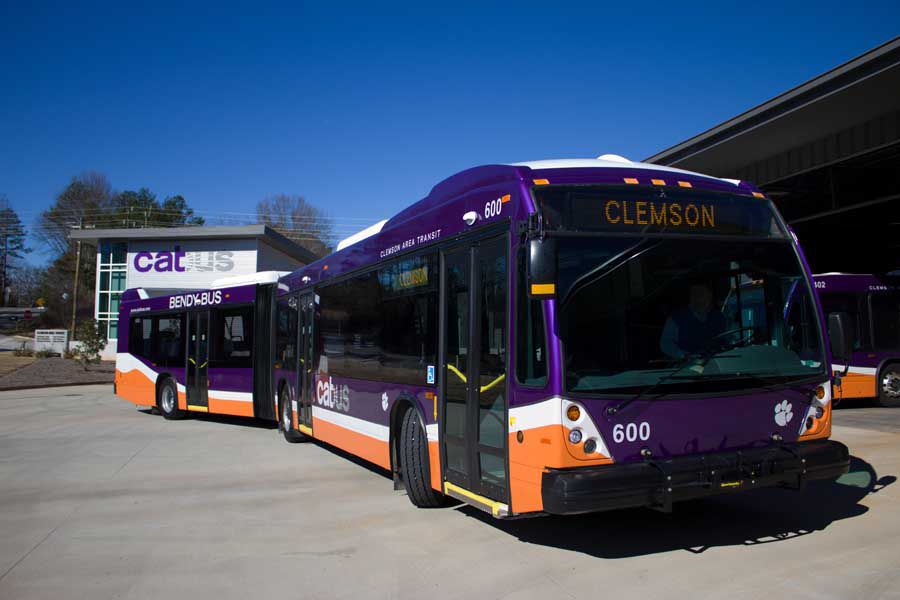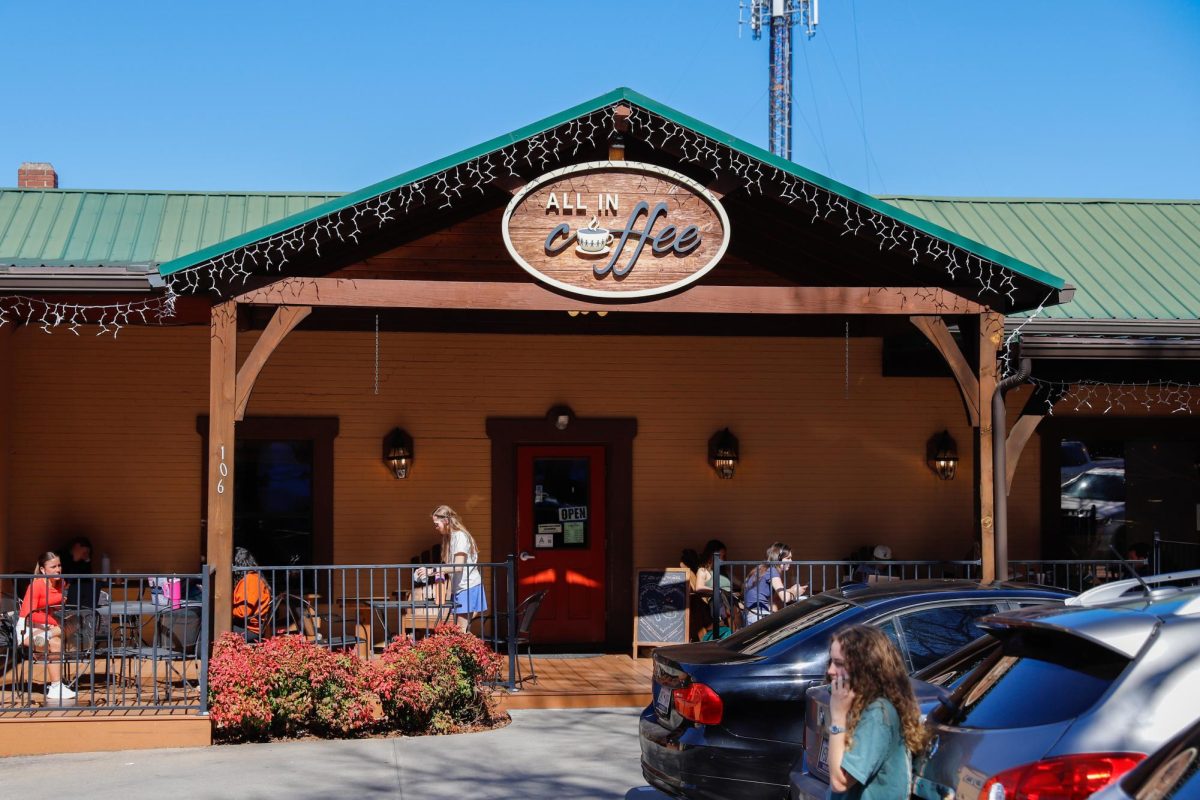From new bus routes to shorter wait times, CATbus has rolled out many new changes to its transportation service for fall 2017.
CATBus Transit Supervisor Keith Moody said the changes stem from the realization that the roads would have a hard time handling the increase in traffic as the area grew.
“We’ve got to get cars off the road, the infrastructure just can’t handle it,” he said.
As such, Moody believed more public transportation would be needed both on- and off-campus.
One of these new routes is the Central Walmart – SWU route, which provides transportation service in Central. It runs from 7 a.m. to 6 p.m. Monday through Thursday.
“They’ve also added Friday night from 7 p.m. to 10 p.m. to go to Walmart,” Moody said. He added that service for this route will continue throughout the year on the weekends.
Another new route is the Solid Orange route, which runs on the west side of Clemson University’s campus.
“It stays on the orange side constantly because there’s more cars being parked over there,” he said.
CATbus has also reduced wait times from 30 minutes to 15 minutes.
“Studies show that 15 minute intervals is the changing point to where people will park their car and they’ll take transit,” Moody said.
Clemson students seem to be pleased with the changes so far.
“It’s great; I love it,” senior Spanish and international trade major James Dinardo said. “I take it every day; it’s so much more convenient.”
Adam Benson, a sophomore Chemical Engineering major, said a bus coming every 15 minutes reduces wait time.
“They fill up less because there are less people waiting. If it does fill up, there’s another one coming pretty soon,” he said.
Moody added that CATbus is making efforts to become more environmentally friendly.
“Everything is convenience and safety, but also with a bus, it takes about 50 to 80 cars off the road,” he said. “That makes the quality of life better because you’re reducing the CO2 and the greenhouse gas emissions.”
Moody pointed to the success of Seneca’s electric fleet of buses installed last year as an example of CATbus’ efforts.
“We took the city of Seneca and made it 100 percent battery electric buses. It was the first city in the world to go all electric,” he said.
Moody said that as a result, Seneca has become a model for other cities looking to do something similar.
“We’ve entertained guests from all over the world — Paris, France has been here. We’ve had all kinds of cities here all looking at what we’re doing,” he said.
According to Moody, “using electric [buses] is more cost efficient, they’re more reliable than diesels. Everything we’re doing is making it better for the community and for people.”
To learn more about the changes and view CATbus routes, go to www.catbus.com.









